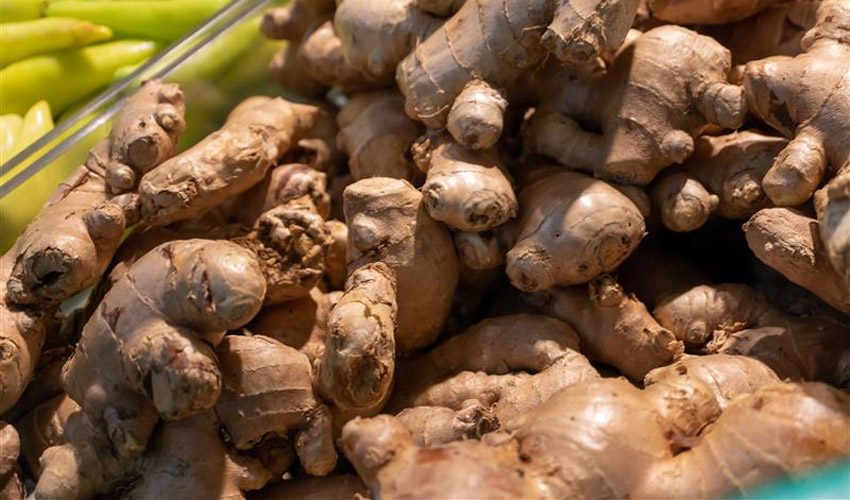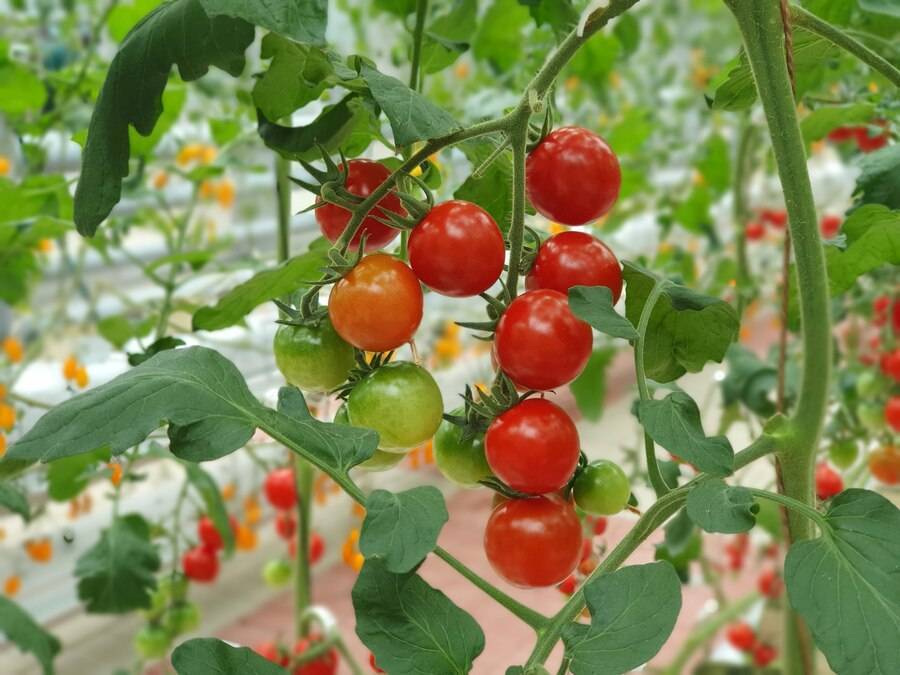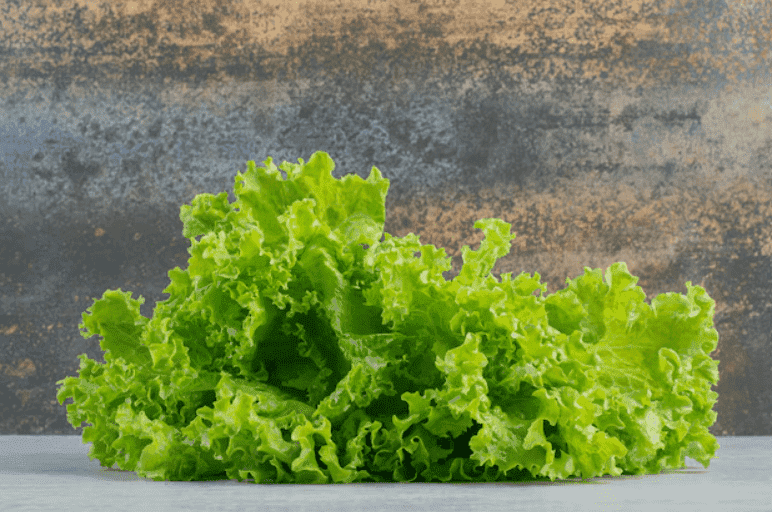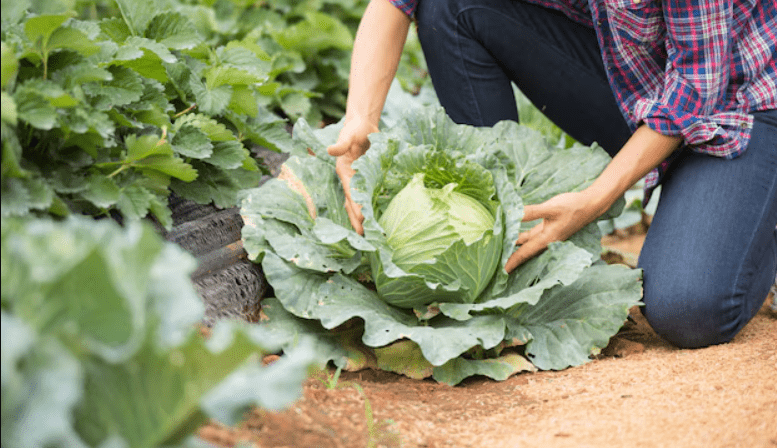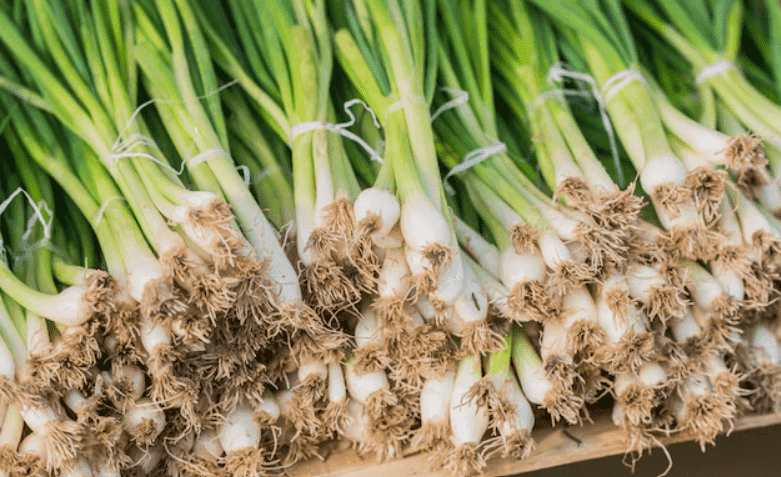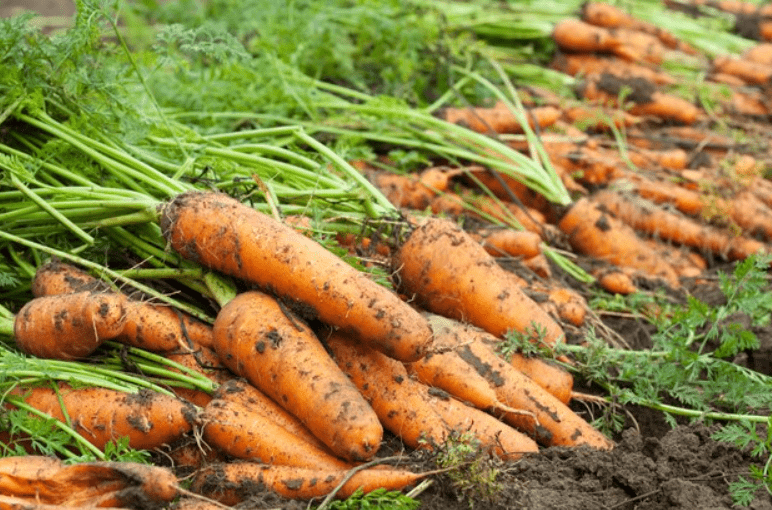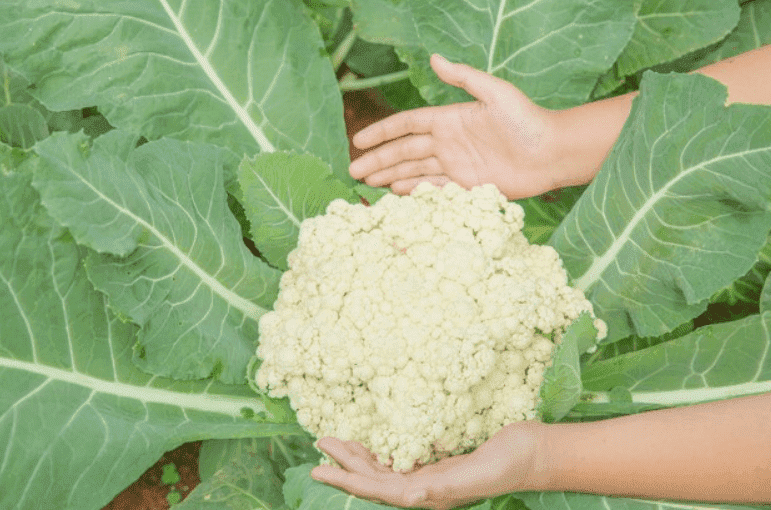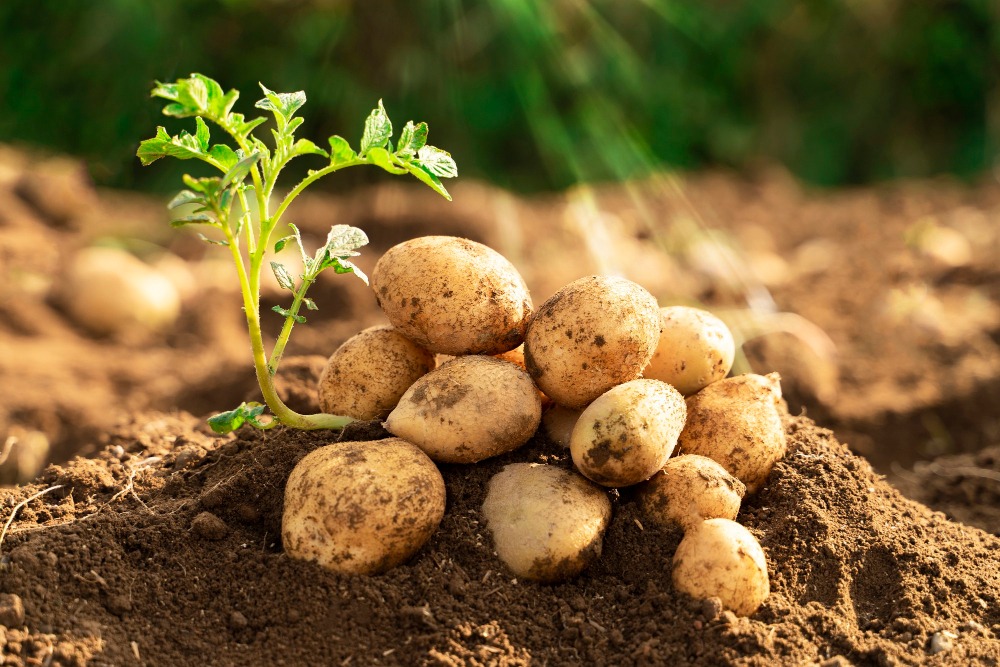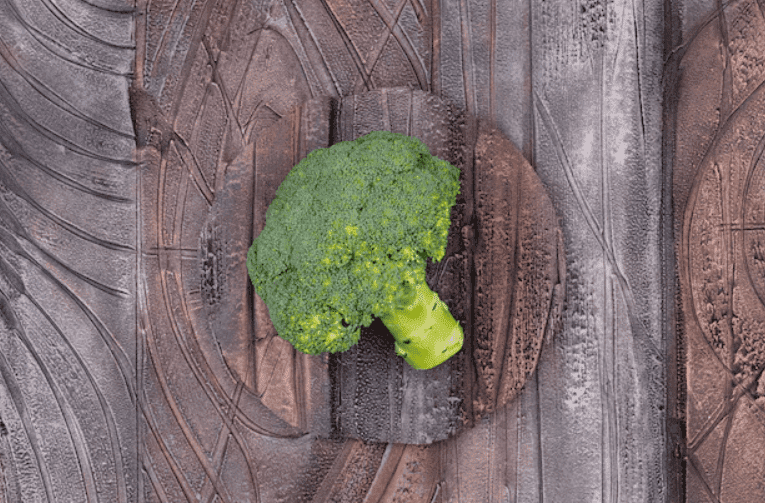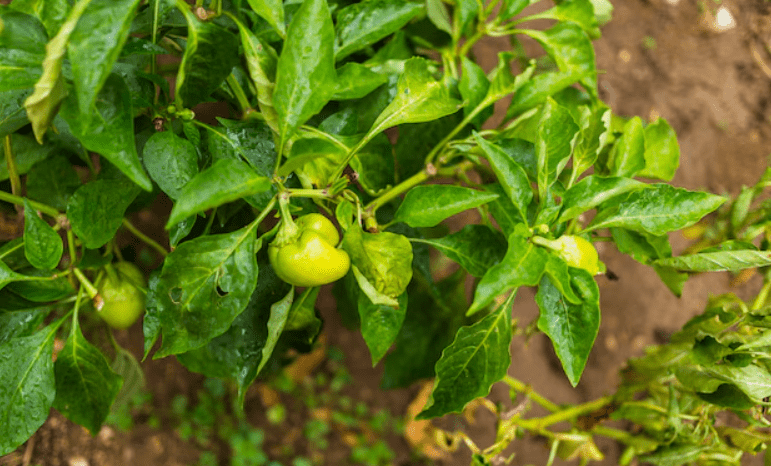Ginger root offers a variety of uses. It can be consumed fresh, ground into powder, dried, turned into oil, or blended into juices and smoothies. Since ginger thrives in warm climates, it won’t tolerate cold or frosty weather.
The ideal time to plant ginger at home is in early spring, once all chances of frost have passed. If you enjoy cultivating your own herbs and spices for cooking, learning how to grow ginger is definitely worthwhile.
Table of Contents
ToggleUnderstand How Ginger Grows
Ginger grows from rhizomes, which are thick, underground stems that spread horizontally and hold multiple buds or growth points. These rhizomes are buried in soil and send up tall, bamboo-like stems that nourish the underground ginger as it forms.
Once spring brings warm temperatures, ginger shoots start to emerge from the soil. During the sunny, hot summer months, the plant thrives and matures. As autumn approaches and daylight lessens, the leaves start to turn yellow, and the ginger enters a resting phase.
Choose a Ginger Plant
To grow ginger, you’ll need a piece of ginger root, which is easily available at a local grocery store. The most commonly used edible variety is Zingiber officinale. Be careful not to confuse it with ornamental ginger varieties. These may look beautiful as houseplants or garden borders in sunny, sheltered spots but aren’t suitable for eating.
When selecting ginger for planting, choose an organic root that feels firm and slightly plump. Look closely for small buds or “eyes.” These are where new shoots will emerge. You can plant the entire root, but it’s also possible to cut it into smaller pieces to grow multiple plants. Just ensure each section contains at least two to three eyes.
After cutting the root, let the pieces rest in a dry place for a few days. This drying period allows the cut surfaces to form a protective callus, helping to prevent rot or disease. When planting, space each ginger piece about 20 cm (8 inches) apart to give them room to grow properly.
Growing Ginger Indoors
Follow these steps to understand how to grow ginger successfully in a home environment.
- Use high-quality compost for the best results.
- Fill a seed tray with compost and set the ginger root on top.
- Lightly cover the root with a few centimeters of compost, making sure a few eyes (buds) remain visible.
- Gently water using a fine rose watering can to avoid disturbing the soil.
- Keep the tray in a warm, dry, and well-lit location for several days to encourage shoot growth.
- As shoots begin to emerge, add more compost around the base to support them.
- Once the ginger shoots are strong and established, transfer the entire plant to a pot filled with compost.
- You can continue growing the ginger plant indoors or move it outside into a prepared garden bed once there’s no risk of frost.
Choose the Ideal Location to Grow Ginger
When learning how to grow ginger, choosing the right location is key. Ginger prefers partial shade or areas that receive soft morning sunlight rather than harsh, direct afternoon rays. It’s best to plant ginger away from large roots that may compete for nutrients and in a spot that’s sheltered from strong winds and excess moisture. If you’re growing ginger in a container, ensure the pot is at least 30 cm (12 inches) deep to provide enough space for the rhizomes to develop. For those planting directly in the ground, leave about 20 cm (8 inches) between each piece to give the plants room to spread and grow healthily.
Ginger Plant Care
Once you’ve planted your ginger, keeping the soil slightly moist is essential for healthy growth. Water lightly right after planting to settle the soil around the rhizomes. frequently check the moisture level by touching the top layer of soil. Water again when it starts to dry out, but don’t wait until it becomes completely dry. If the soil doesn’t drain well or begins to feel soggy, reduce the frequency of watering, as excess moist conditions can lead to root rot.
How to Harvest Ginger
To harvest your ginger, gently dig up the plant, rinse it off to remove any soil, and let it dry completely. Once dry, store the ginger in a cool, dark, and dry place to keep it fresh for a longer period. Alternatively, you can freeze the ginger and grate small amounts directly from frozen as needed.
As the cooler months approach, it’s essential to protect your plants. If you’re growing ginger in containers, bring them indoors before winter sets in and place them in a warm, dry area.

